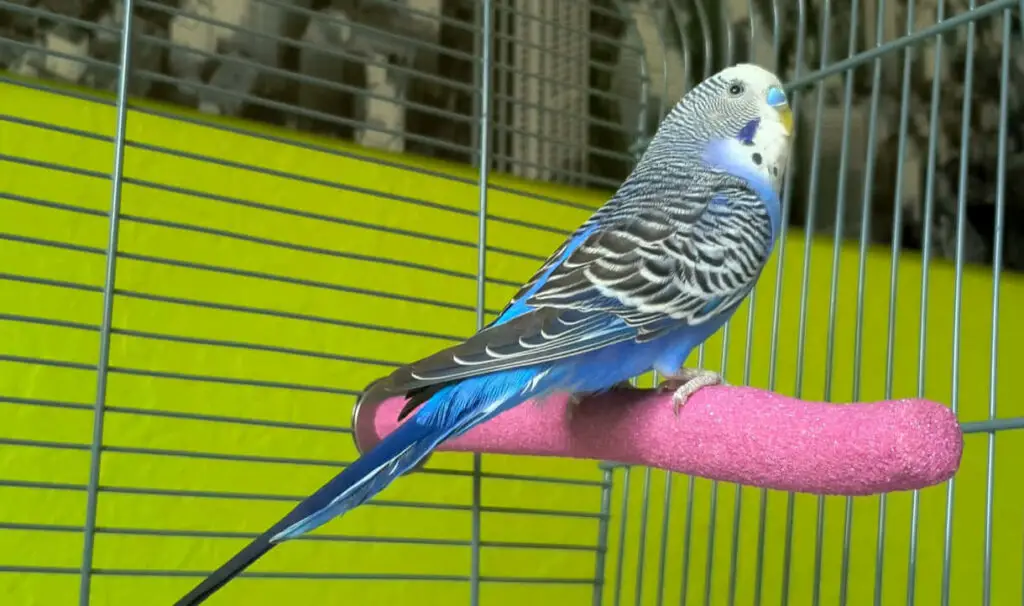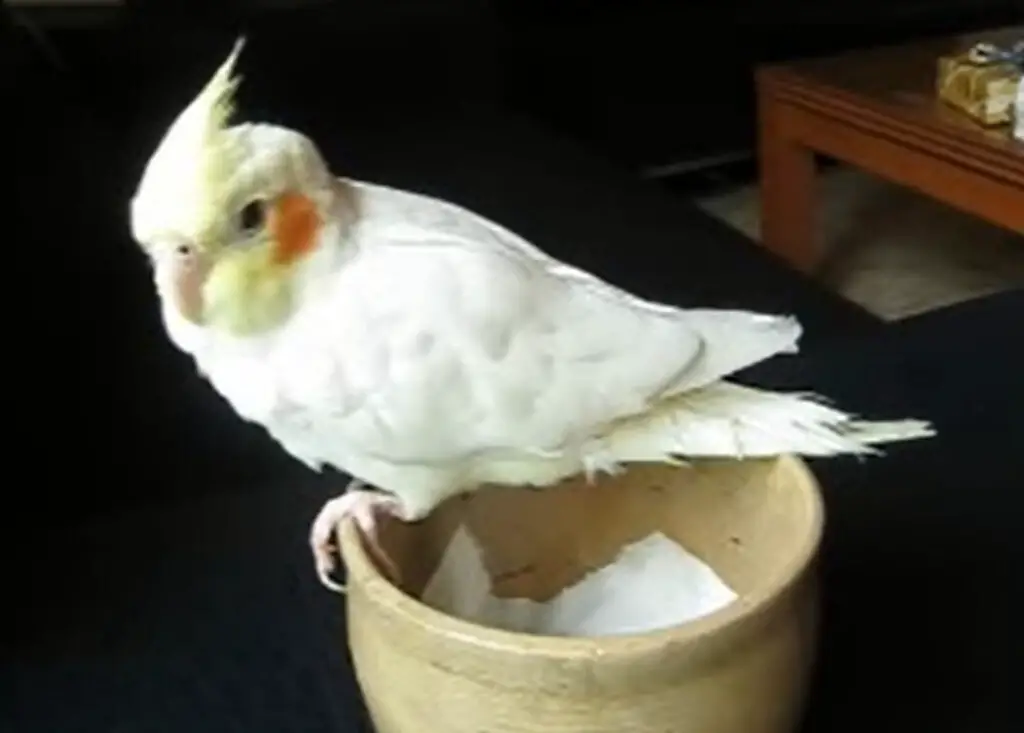Budgerigars, commonly known as budgies, are charming and colorful parakeets. Budgies were adopted into many families. So does the location of budgies change when moving from the wild to the indoor environment? Will their ability to adapt to temperature be affected? Do budgies get cold at night? The answer will surprise you.
In this article, we’ll delve into the physiological aspects of budgies, their natural habitat, and discuss the best practices for providing them with optimal nighttime conditions.

Contents
Understanding Budgie Physiology
Budgies are native to the arid regions of Australia and have mainly tropical and subtropical climates. Therefore, they have adapted to the warmer climates of their natural habitat. Their explanations reflect these origins, with features that help them cope with their surroundings. One of the key aspects is their feather structure. Budgies’ feathers serve multiple purposes, including insulation and temperature regulation. The arrangement of feathers helps them retain body heat and stay comfortable.
Unlike mammals, budgies lack sweat glands, which means they don’t have the same capacity for evaporative cooling. Instead, they rely on behaviors like fluffing up their feathers to create an insulating layer of air. This air layer helps to maintain their body temperature, but it also means they are more sensitive to external temperature changes.
Do Budgies Get Cold at Night?
As explained above the sensitivity of budgies to changes in external temperature. Normally, budgies temperature range is between 65-85°F (18-29°C). But things became difficult for them when the weather got colder. As a result, we can affirm that budgies do get cold at night, especially when temperatures fall below 60°F (15.55°C).
When it’s cold, these birds crouch and inflate to keep warm air inside their feathers. However, if the temperature continues to drop, they become lethargic, sleep constantly, lose their appetite and may even die.

Factors affecting body temperature of budgies at night
There are 2 factors (objective and subjective) that cause budgies to get cold at night.
- An objective factor can be mentioned is that the night temperature often drops, making budgies feel cold.
- The subjective factor listed is the cold tolerance of budgies.
Nocturnal Temperature Drop
In their natural environment, budgies have evolved to adapt to the temperature fluctuations that occur during the day and night. Nights in their native Australia can get chilly, which has led budgies to develop mechanisms to handle these temperature drops. They huddle together in groups to share body heat, conserving energy during the colder hours.
For pet budgies kept indoors, especially in regions with varying climates, replicating this natural temperature drop can be challenging. Indoor temperatures are often more controlled, and the sudden nighttime drop might impact budgies’ comfort levels.
Budgies’ Tolerance to Cold
Budgies do have some tolerance for cooler temperatures, but there is a limit to their ability to cope with cold conditions. Signs of discomfort in budgies due to cold temperatures include fluffing up their feathers to trap air close to their bodies, seeking warmer spots in the cage, and becoming less active. Prolonged exposure to cold conditions can stress budgies and potentially lead to health issues.
Factors such as the budgies’ health and age play a significant role in their tolerance to cold. A younger, healthier bird might be better equipped to handle cooler temperatures than an older or ill budgie. Additionally, their feather condition, including the molting process, can impact their ability to regulate body temperature effectively.

Providing Optimal Nighttime Conditions for Budgies
To ensure the well-being of your budgies during the night, it’s important to create an environment that closely resembles their natural habitat while considering the controlled indoor setting. Here are some steps you can take:
1. Recommended Temperature Range: Maintain the temperature in the room where your budgies are kept within a range of 65-85°F (18-29°C) and above 60°F (15.55°C). This range offers a balance between their natural adaptations and the controlled environment.
You also need to ensure that the temperature range throughout the night does not change too much. The temperature can vary by 1-2°C, but it shouldn’t be too much. This will cause your budgies to suffer heat shock.
2. Cage Location: Place the cage in a draft-free area away from direct drafts and cold air sources, such as windows and doors. Avoid placing the cage near air conditioning or heating vents, as sudden temperature changes can stress the birds.
3. Cage Covering: Partially cover the cage at night to provide a sense of security and limit exposure to any drafts. A light cloth or cage cover can help maintain a more stable temperature within the cage.
4. Heated Perches: Consider using heated perches specifically designed for birds. These perches provide a slightly warmer surface for budgies to rest on, helping them conserve body heat during the night.
Additional Considerations to Budgies’ Best Care
1. Monitoring the Environment: Use a thermometer to regularly monitor the temperature in the room where your budgies are housed. This will help you ensure that the conditions remain within the recommended range.
2. Social Behavior: Budgies are social creatures and often huddle together for warmth. If you have multiple budgies, they will naturally provide each other with warmth and comfort during the night.
3. Proper Nutrition: During colder months or nights, consider adjusting your budgies’ diet slightly to provide them with extra energy. Consult a veterinarian or avian specialist for specific dietary recommendations.
Conclusion
In response to the question “Do budgies get cold at night?”. The answer is YES, budgies get cold at night if temperatures fall below 60°F (15.55°C). They are sensitive to colder temperatures, particularly when compared to their native Australian habitat. Budgies lack sweat glands and rely on fluffing their feathers to trap warmth, making them susceptible to discomfort in cooler indoor environments. By understanding their physiology and natural behaviors, pet owners can take proactive measures to ensure their budgies’ well-being during the night. Creating an ideal sleeping environment with appropriate temperatures, draft-free spaces, and possibly heated perches helps mimic their natural habitat and keeps these charming companions cozy and content throughout the night.







